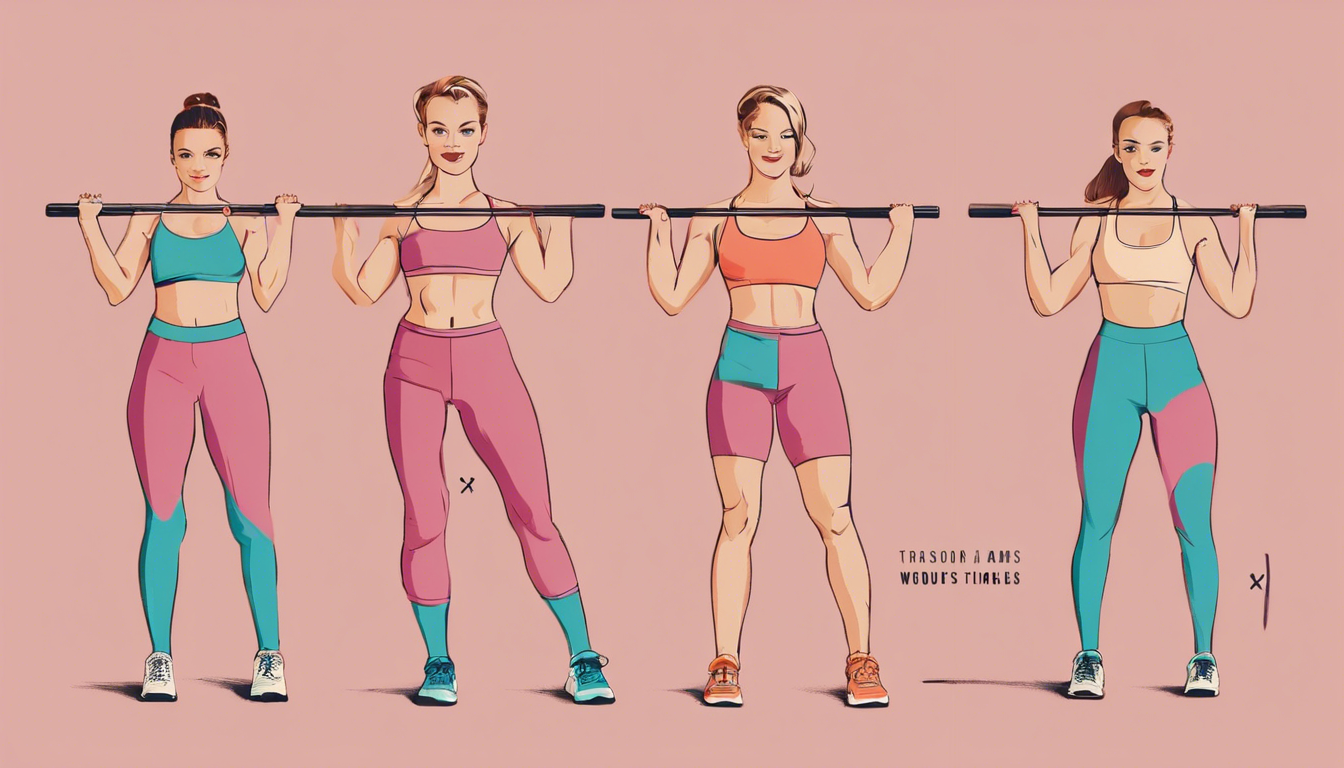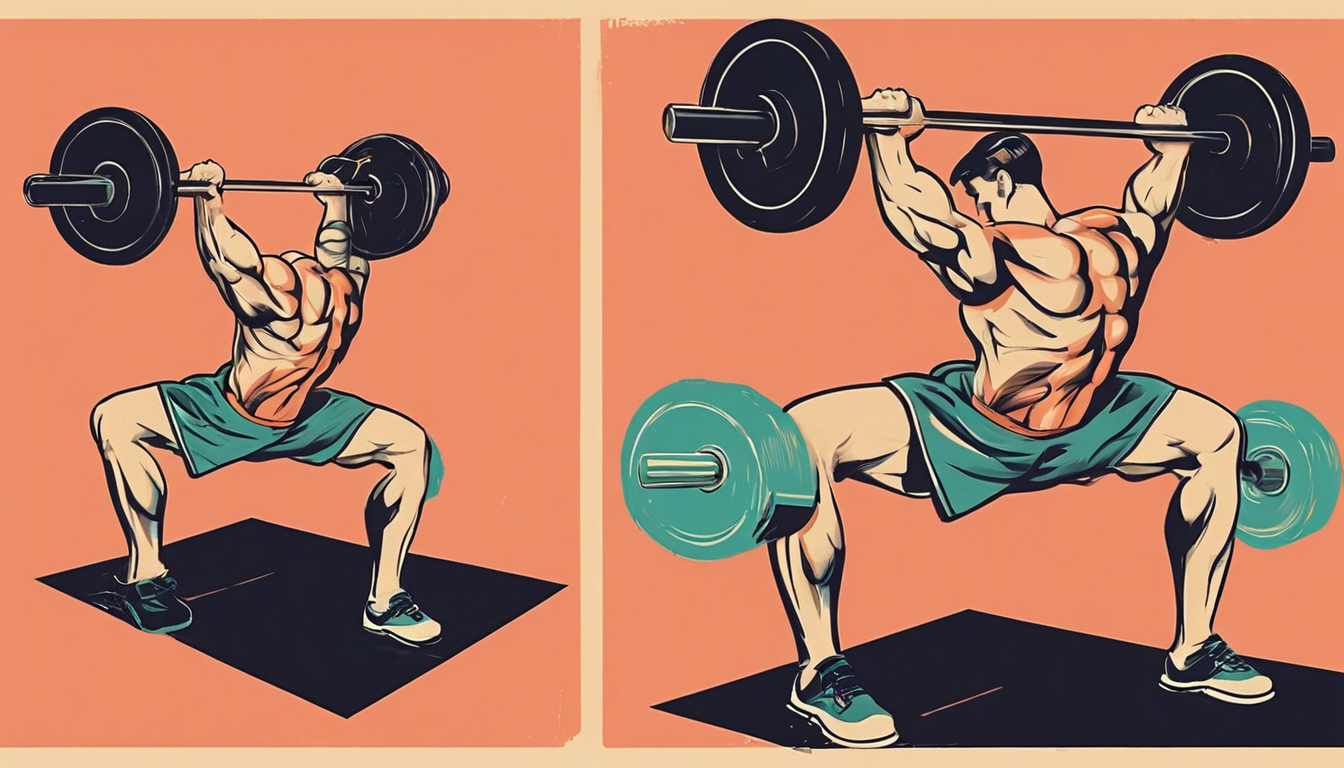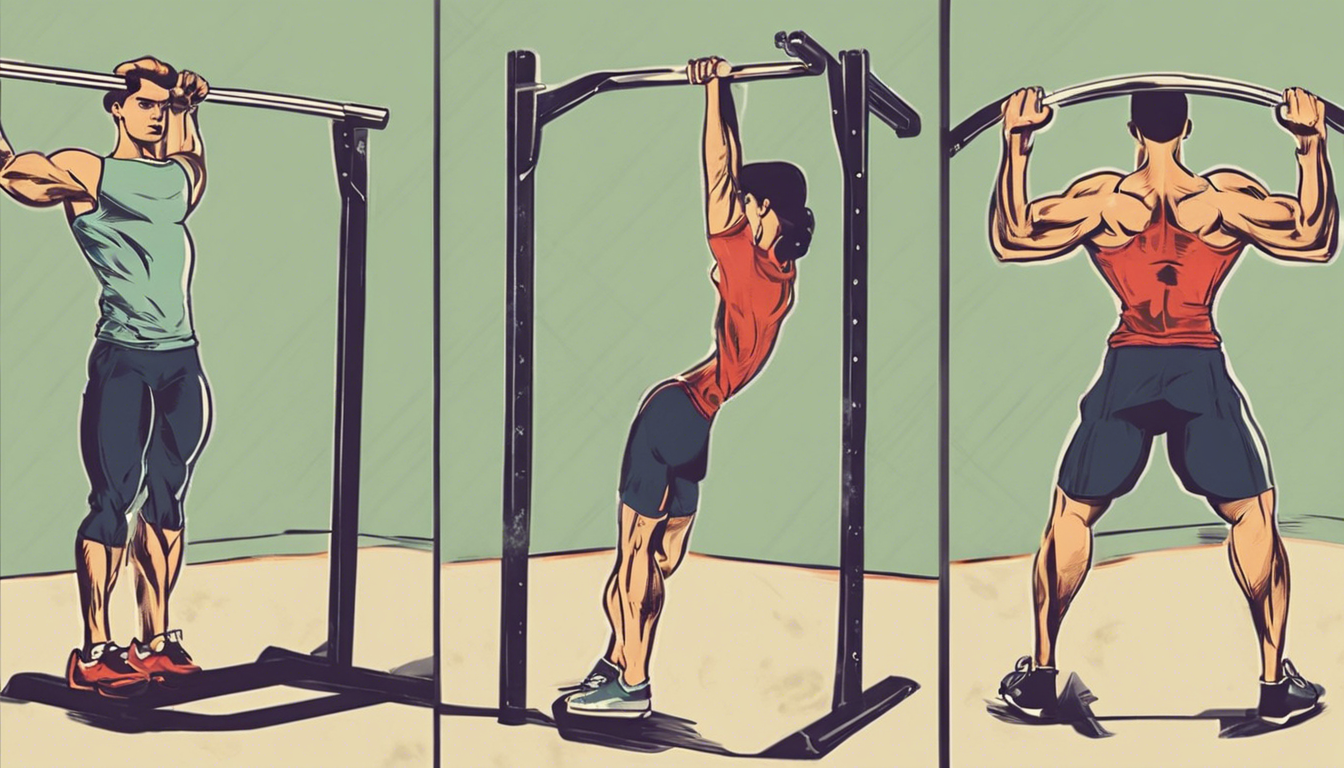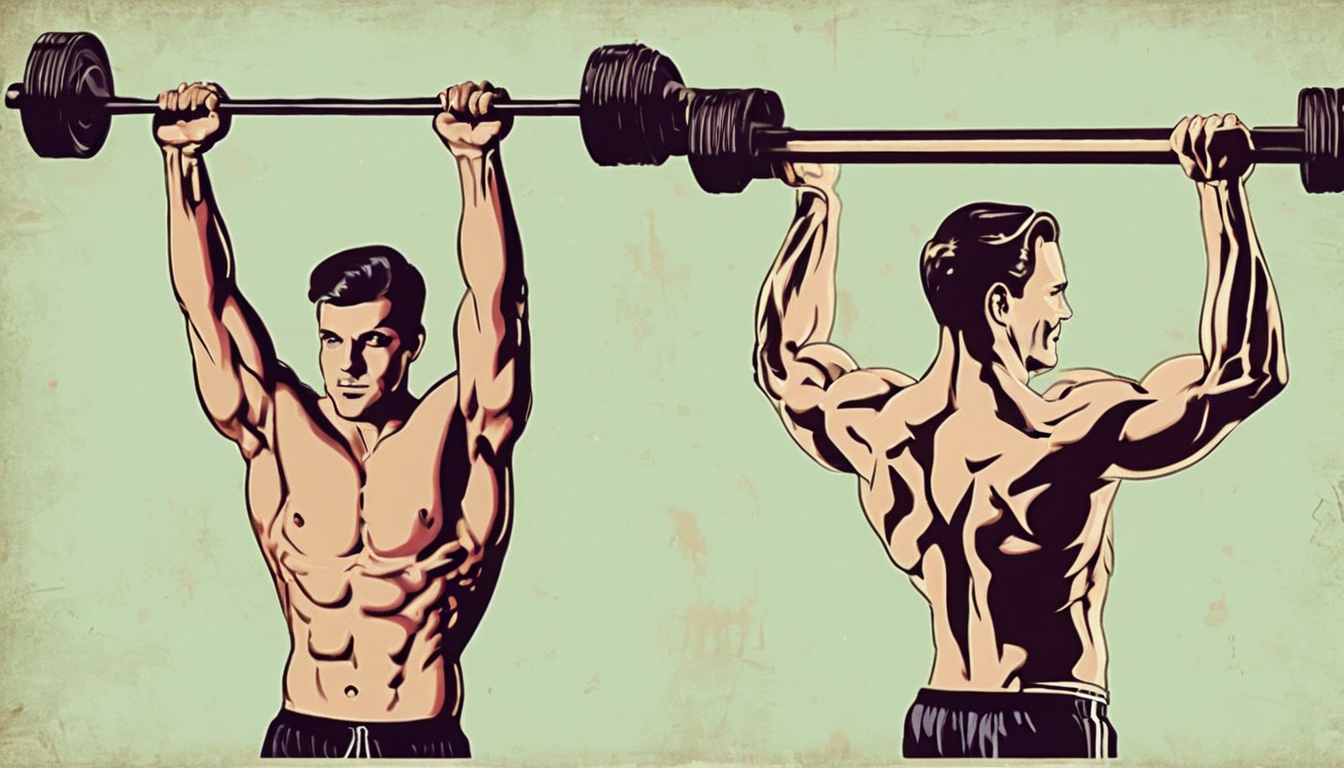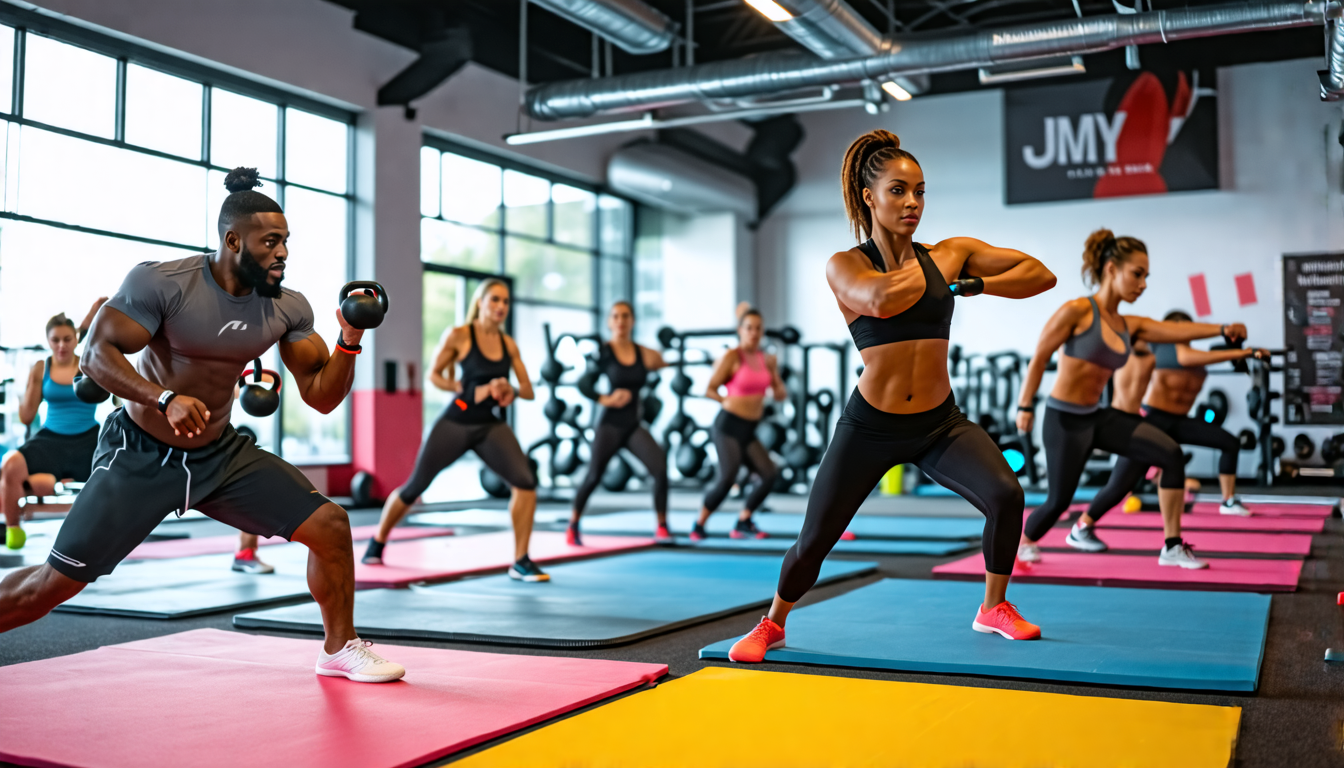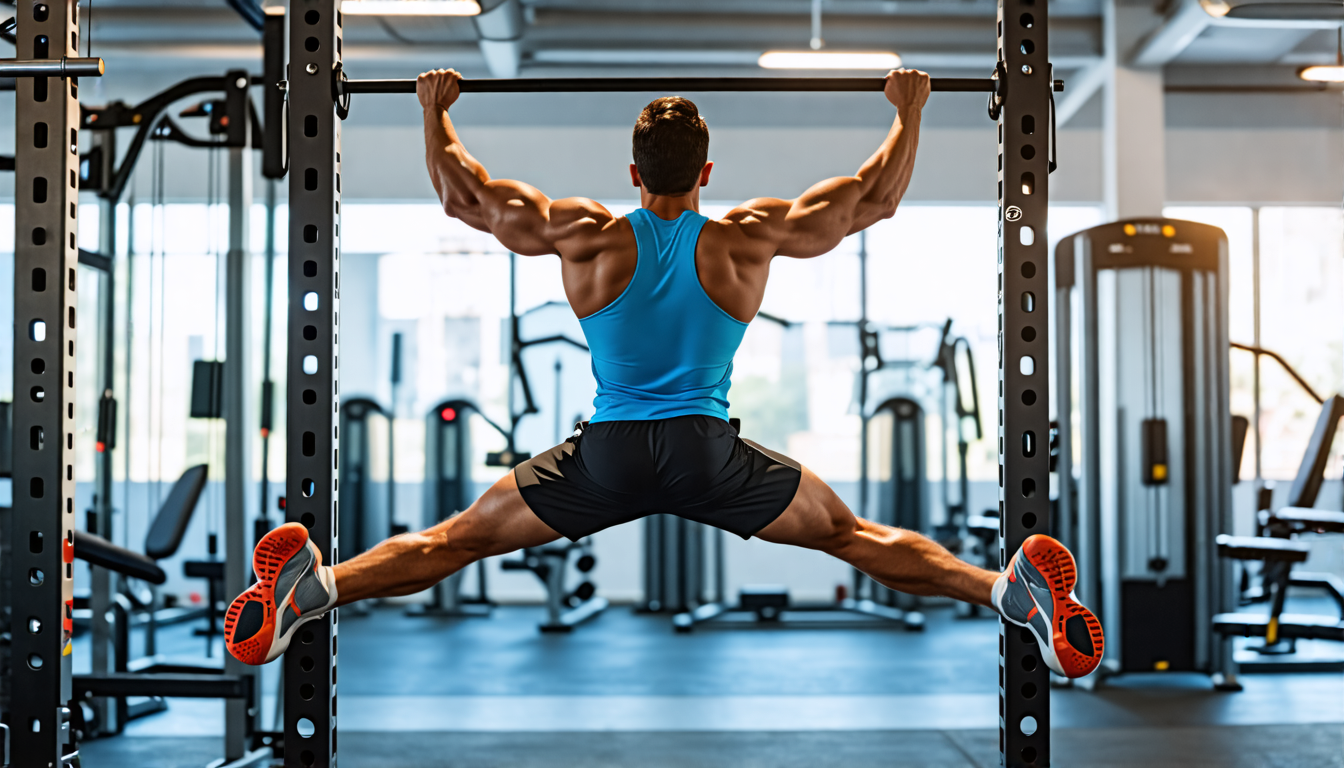
The Vision: Forge an Unbreakable Core
Imagine moving with the power of a gymnast and the stability of a martial artist—where every lift, twist, and sprint originates from a rock-solid, sculpted midsection. This is the promise of a truly dominant core. This level of mastery isn’t about endless crunches; it’s about leveraging gravity and your own bodyweight in the most potent way possible. Mastering Hanging Leg and Knee Raises is the foundational key to unlocking superior core strength, athletic performance, and a physique defined by function. It is the ultimate bodyweight lever for building a resilient, powerful center.
Foundational Choices: The Setup for Success
Your success with this exercise is not accidental. It is engineered from the start by two critical hardware choices: your point of suspension and the integrity of your starting position. Get this foundation wrong, and you build on sand. Get it right, and you construct a platform for limitless progression.
Part A: Grip and Bar Selection
Your apparatus dictates your potential. Choose based on your goals, available equipment, and current strength level.
| Apparatus | Key Characteristics & Recommendations |
|---|---|
| Standard Pull-Up Bar | The classic choice. Offers a fixed, stable grip. Use a pronated (overhand) grip for maximum lat engagement and shoulder stability. Thumbs-around grip is recommended for security. |
| Parallel Bars (Dip Station) | Allows for a neutral grip (palms facing). This is often easier on the shoulders and places greater emphasis on the lower abs due to the more open body position. Ideal for beginners. |
| Gymnastic Rings | The ultimate test of stability. The unstable base forces your entire upper body and core to fire to prevent sway. An advanced tool that builds phenomenal strength but requires a solid foundation on fixed bars first. |
| Doorway Bar | A practical home option. Ensure it is securely mounted and that you have adequate overhead clearance. Often limits full range of motion for taller individuals but is sufficient for foundational knee raises. |
Part B: Body Positioning and Initiation
Before you lift a single knee, you must master the Active Hang. This is non-negotiable. A passive, slumped hang disengages the lats and invites shoulder strain and uncontrollable swinging.
- Engage Your Lats: Pull your shoulder blades down and back (scapular depression), as if you’re trying to put them in your back pockets. This creates a stable shoulder shelf.
- Create Full-Body Tension: Slightly brace your glutes and engage your quads. Your body should feel like a taut cable from your hands to your ankles.
- The Golden Rule: All movement initiates from a deliberate posterior pelvic tilt (tucking your tailbone under). This is the core of the core movement—your hips and pelvis drive the lift, not your legs.
The Core System: Technique and Progression
Hanging Leg and Knee Raises are not one exercise but a scalable system of controlled movement. Precision in your technique is the primary variable you must command. Each progression builds upon the last, developing strength through a full range of motion.
Variable 1: The Hanging Knee Raise (The Foundation)
This is where mastery begins. Do not rush it.
- Ideal Form: From an active hang, initiate a posterior pelvic tilt. Draw your knees up in a controlled arc towards your chest, keeping your upper back stable. Pause at the top where your thighs are parallel to the floor or higher, then lower with the same control.
- Consequences of Error: Using momentum (swinging) robs your core of tension. Rounding the upper back shifts focus to the hip flexors and strains the neck.
- Control Method – Tempo Training: Use a 3-1-3-1 tempo: 3 seconds to lift, 1-second squeeze at the top, 3 seconds to lower, 1-second pause at the bottom before the next rep.
Variable 2: The Hanging Leg Raise (The Progression)
The definitive test of core strength. Straight legs increase the lever arm, dramatically raising difficulty.
- Ideal Form: Maintain straight legs or a slight soft bend in the knees. Through pelvic tilt, lift your toes toward the bar, aiming to bring your legs parallel to the floor (90 degrees) or beyond. The goal is to “roll” your pelvis upward.
- Consequences of Error: Arching the lower back (anterior pelvic tilt) is the most common fault, indicating weak core engagement and over-reliance on hip flexors. A kipping motion is cheating.
- Control Methods: If you cannot maintain straight legs, regress to bent-leg raises with a focus on height. Practice with your back to a wall to physically prevent swinging.
Variable 3: Range of Motion & Advanced Integration
This is where you sculpt elite-level control and oblique density.
- Progressing ROM: Master each stage before advancing: Knees to 90° → Straight legs to parallel → Toes to the bar.
- Windshield Wipers: From the top of a leg raise (toes to bar or near it), rotate your legs from side to side while maintaining control. This builds brutal anti-rotational strength and obliques that function, not just look good.
Advanced Practices: Optimization for Superior Results
Elevate your practice from simple execution to the strategic cultivation of strength and muscle. This is the art and science of core development.
Preparation: Grip and Core Pre-Activation
Your core workout fails if your grip fails first. Prepare the chain.
- Grip Fortification: Train your grip separately with dead hangs (accumulate 60+ seconds total), farmer’s carries, and towel pull-ups.
- Core Activation: Before hanging, perform 2-3 sets of hollow body holds and slow, deliberate dead bugs. This “turns on” the neuromuscular connection you need in the air.
Ongoing Inputs: Programming for Growth
How you integrate this movement determines your results.
- Rep Philosophy: Prioritize pristine form always. 3 sets of 8 perfect reps are infinitely more valuable than 3 sets of 15 sloppy, swinging reps.
- Workout Integration:
- Pull Day: A natural fit after pull-ups or rows. Your lats and grip are already primed.
- Dedicated Core Day: Pair with other high-tension exercises like ab wheel rollouts and planks.
- Full-Body Day: Use as a potent core finisher at the end of your session.
Selection and Strategy: The Exercise Ecosystem
Hanging Leg and Knee Raises are your cornerstone for flexion-based core strength. A complete core is built on three pillars:
- Flexion (Hanging Raises): For rectus abdominis and hip flexor coordination.
- Anti-Extension (e.g., Ab Rollouts, Dead Bugs): Teaches your core to resist being pulled into an arched position.
- Anti-Rotation (e.g., Pallof Press, Single-Arm Carries): Builds stability against twisting forces.
Program all three for an unbreakable, functional midsection.
Threat Management: Preventing Pain and Plateaus
Adopt a proactive stance. The most common issues are not inevitable; they are predictable and preventable.
Prevention: The Pillars of Safe Training
- Dynamic Warm-Up: Spend 5-10 minutes mobilizing shoulders (arm circles, scapular wall slides), lats (cat-cow), and hips (leg swings, hip circles).
- Respect Grip Limits: Stop your set 1-2 reps before your grip completely fails. Use straps for your heaviest sets if your goal is pure core overload.
- Heed Discomfort Signals: A burning core is good. A sharp pinch in the lower back or a grinding sensation in the shoulder is a hard stop. Regress the exercise.
Intervention: Solving Common Problems
| Problem | Root Cause | Immediate Solution |
|---|---|---|
| Excessive Swing/Momentum | Initiating the lift with the legs instead of the pelvis; lack of active hang tension. | Reduce range of motion. Perform knee raises with your back against a wall. Drastically slow your tempo (5-second lift/lower). |
| Grip Fatigue Limits Sets | Grip strength is a weaker link than core strength. | Use lifting straps for your work sets to isolate the core. Implement dedicated grip training on separate days. |
| Lower Back Pinching or Arching | Failure to achieve posterior pelvic tilt; over-dominant hip flexors. | Regress to bent-knee raises. Practice pelvic tilts lying on the floor. Strengthen glutes and hamstrings to improve pelvic control. |
| Shoulder Discomfort | Collapsing into a passive hang; poor scapular control. | Focus intensely on scapular depression before each rep. Reduce volume. Try a neutral grip on parallel bars if available. |
The Action Plan: A 4-Phase Roadmap to Mastery
Follow this structured progression. Do not advance to the next phase until you can complete all prescribed work with perfect, controlled form.
| Phase & Duration | Primary Focus | Sample Workout Integration | Progression Cue |
|---|---|---|---|
| Phase 1: Foundation (Weeks 1-4) |
Mastering the Active Hang & Bent-Knee Raises. | 3 sets of 8-10 reps, 3x/week. Tempo: 2-1-2-1. Perform after your main strength work. | “Initiate from the pelvis. Knees follow.” |
| Phase 2: Strength (Weeks 5-8) |
Straight-Leg Raises to Parallel (90°). Increasing time under tension. | 3 sets of 6-8 reps, 2x/week. Tempo: 3-1-3-1. Superset with anti-rotation exercises. | “Keep legs straight as a rod. Point toes to the horizon.” |
| Phase 3: Mastery (Weeks 9-12) |
Full ROM Leg Raises (Toes to Bar). Introducing isometric holds. | 3-4 sets of 5-8 reps, 2x/week. Add a 2-second top hold. Begin incorporating 1-2 sets of windshield wipers. | “Roll the pelvis up. Imagine touching the bar with your lower abs.” |
| Phase 4: Performance (Ongoing) |
Adding load, advanced variations, and high-volume endurance. | 2-3 sets of 5-8 reps with a light dumbbell between feet/ankle weight. 1 high-rep set of 15-20+ bodyweight reps weekly. | “Control the weight, don’t let it control you. Own the descent.” |
The Transformation: Ascend to a New Level
True core power is not demonstrated by how high you can kick your legs, but by the controlled, progressive tension you can generate from a dead hang. This is the exact principle you master through this disciplined progression. The journey from a shaky, tentative knee raise to commanding full-range leg raises with a pause at the top is a metamorphosis of both body and capability. It forges not just a visible six-pack, but a functional armor that enhances everything you do—lifting heavier, running faster, moving with confident, resilient power. This is the unparalleled reward of the practice: making Hanging Leg and Knee Raises a pillar of your training is not merely an ab exercise; it is a rite of passage into a stronger, more capable version of yourself.
